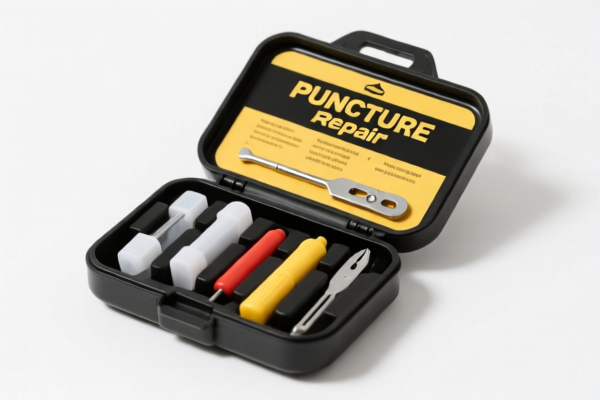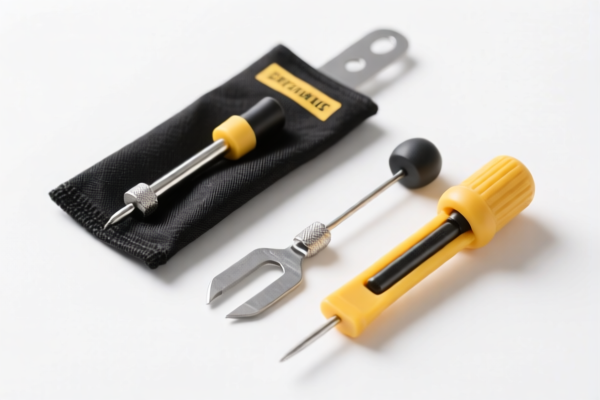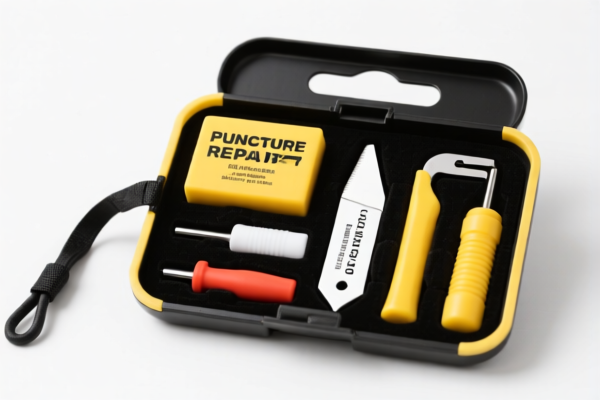| HS Code | Official Doc | Tariff Rate | Origin | Destination | Effective Date |
|---|---|---|---|---|---|
| 8205511500 | Doc | 55.0% | CN | US | 2025-05-12 |
| 8206000000 | Doc | The rate of duty applicable to that article in the set subject t+30.0% | CN | US | 2025-05-12 |
| 8203406000 | Doc | 58.3% | CN | US | 2025-05-12 |
| 8203206030 | Doc | 12¢/doz. + 5.5%+55.0% | CN | US | 2025-05-12 |
| 7115100000 | Doc | 59.0% | CN | US | 2025-05-12 |
| 8308909000 | Doc | 57.7% | CN | US | 2025-05-12 |
| 8308903000 | Doc | 55.0% | CN | US | 2025-05-12 |
| 7317006530 | Doc | 80.0% | CN | US | 2025-05-12 |
| 7317005518 | Doc | 80.0% | CN | US | 2025-05-12 |
| 8305906000 | Doc | 43.2% | CN | US | 2025-05-12 |
| 7415100000 | Doc | 57.5% | CN | US | 2025-05-12 |
| 7415390000 | Doc | 58.0% | CN | US | 2025-05-12 |
| 9114904000 | Doc | 46.3% | CN | US | 2025-05-12 |
| 9114905000 | Doc | 41.7% | CN | US | 2025-05-12 |
| 3901909000 | Doc | 61.5% | CN | US | 2025-05-12 |
| 3901905501 | Doc | 61.5% | CN | US | 2025-05-12 |
| 3914006000 | Doc | 58.9% | CN | US | 2025-05-12 |




Puncture Jewelry Tools
Puncture jewelry tools encompass a range of instruments used in the creation and application of body piercings and, to a lesser extent, specialized jewelry modifications. These tools are broadly categorized by their function within the piercing process – preparation, marking, piercing, and aftercare. The materials used prioritize sterilization and biocompatibility.
Materials
- Surgical Steel: A common alloy offering good corrosion resistance and affordability. Often 316L stainless steel is used, denoting a lower nickel content.
- Titanium (Ti-6Al-4V): Highly biocompatible, lightweight, and corrosion resistant, making it ideal for initial piercings and sensitive skin.
- Autoclaveable Plastics: Used for grips, clamps, and occasionally marking tools, allowing for thorough sterilization.
- Disposable Plastics: Single-use items like razors, gloves, and tubes, minimizing cross-contamination risk.
Purpose & Function
The core purpose of these tools is to create a channel through the body tissue to insert jewelry. This is achieved through various methods, each suited to different piercing locations and jewelry types. Beyond the actual piercing, tools aid in accurate placement, minimizing trauma, and preventing infection.
- Preparation: Cleaning and disinfecting the skin.
- Marking: Precisely indicating the entry and exit points of the piercing.
- Piercing: Creating the hole through the tissue.
- Insertion: Safely placing the jewelry into the new piercing.
- Aftercare: Maintaining cleanliness and promoting healing.
Common Types
- Piercing Needles: Hollow, sterile needles of varying gauges (thickness) and lengths, used for creating the piercing channel. Bevel style (angle of the tip) impacts tissue displacement.
- Cannulas: Hollow tubes used in conjunction with needles to stretch existing piercings or create larger gauge piercings.
- Needle Holders/Receivers: Devices to safely guide and control the needle during insertion.
- Calipers: Used for precise measurement of the piercing location and jewelry size.
- Skin Markers: Sterile pens for outlining the piercing site. Typically use non-toxic ink.
- Punch Biopsy Tools: Used for creating piercings through thicker tissue, often in cartilage. Requires specialized training.
- Taper/Pin: Used to gently stretch existing piercings to accommodate larger jewelry.
- Forceps/Hemostats: Used for grasping and manipulating tissue or jewelry.
- Jewelry Insertion Tools: Specific tools designed to aid in the placement of jewelry, particularly curved or complex pieces.
- C-Clamps/Stabilizers: Used to hold the tissue steady during the piercing process.
- Corks/Tube Holders: Used to hold the jewelry during insertion.
Usage Scenarios
- Professional Body Piercing Studios: The primary setting for the use of these tools, performed by trained piercers.
- Body Modification Events: Controlled environments with certified practitioners.
- (Less Common, and Often Discouraged) Self-Piercing: While possible with some tools, carries significant risks due to lack of training and sterilization protocols.
- Stretching Piercings: Using tapers and jewelry insertion tools to gradually increase the gauge of an existing piercing.
It's crucial to note that proper training, sterilization techniques, and adherence to safety protocols are paramount when using puncture jewelry tools. Improper use can lead to infection, scarring, nerve damage, and other complications.
Based on the provided information, “puncture jewelry tools” can be classified under the following HS codes:
-
8205511500: This HS code covers handtools (including glass cutters) not elsewhere specified or included; blow torches and similar self-contained torches; vises, clamps and the like, other than accessories for and parts of machine tools or water-jet cutting machines; anvils; portable forges; hand- or pedal-operated grinding wheels with frameworks; base metal parts thereof. Specifically, it includes other handtools (including glass cutters) and parts thereof. This could apply if the tools are general hand tools used in jewelry making, such as pliers or cutters.
- Chapter 82: Tools, implements, cutlery, hand tools, and articles thereof.
- Heading 8205: Hand tools (including glass cutters) and the like; pneumatic, hydraulic or with self-contained electric or non-electric motors.
- Subheading 8205.51: Other handtools (including glass cutters) and parts thereof.
- Tax Rate: Basic duty: 0.0%, Additional tariff: 25.0%, Additional tariff after 2025.4.2: 30.0%, Total tariff: 55.0%.
-
8203406000: This HS code covers files, rasps, pliers (including cutting pliers), pincers, tweezers, metal cutting shears, pipe cutters, bolt cutters, perforating punches and similar handtools, and base metal parts thereof, specifically pipe cutters, bolt cutters, perforating punches and similar tools, and parts thereof. This is applicable if the tools include items like pliers, cutters, or punches used for jewelry making.
- Chapter 82: Tools, implements, cutlery, hand tools, and articles thereof.
- Heading 8203: Files, rasps, pliers, pincers, tweezers, metal cutting shears, pipe cutters, bolt cutters, perforating punches and similar tools, and parts thereof.
- Subheading 8203.40: Pipe cutters, bolt cutters, perforating punches and similar tools, and parts thereof.
- Tax Rate: Basic duty: 3.3%, Additional tariff: 25.0%, Additional tariff after 2025.4.2: 30.0%, Total tariff: 58.3%.
-
8203206030: This HS code covers files, rasps, pliers (including cutting pliers), pincers, tweezers and similar tools, and parts thereof, specifically pliers (including cutting pliers), pincers, tweezers and similar tools, and parts thereof, other, other (except parts) pliers. This is applicable if the tools are specifically pliers used for jewelry making.
- Chapter 82: Tools, implements, cutlery, hand tools, and articles thereof.
- Heading 8203: Files, rasps, pliers, pincers, tweezers, metal cutting shears, pipe cutters, bolt cutters, perforating punches and similar tools, and parts thereof.
- Subheading 8203.20: Pliers (including cutting pliers), pincers, tweezers and similar tools, and parts thereof.
- Tax Rate: Basic duty: 12¢/doz. + 5.5%, Additional tariff: 25.0%, Additional tariff after 2025.4.2: 30.0%, Total tariff: 12¢/doz. + 5.5%+55.0%.
According to the provided reference material, the HS code options related to 'puncture jewelry tools' are limited, with only the following 3 found.
Customer Reviews
No reviews yet.